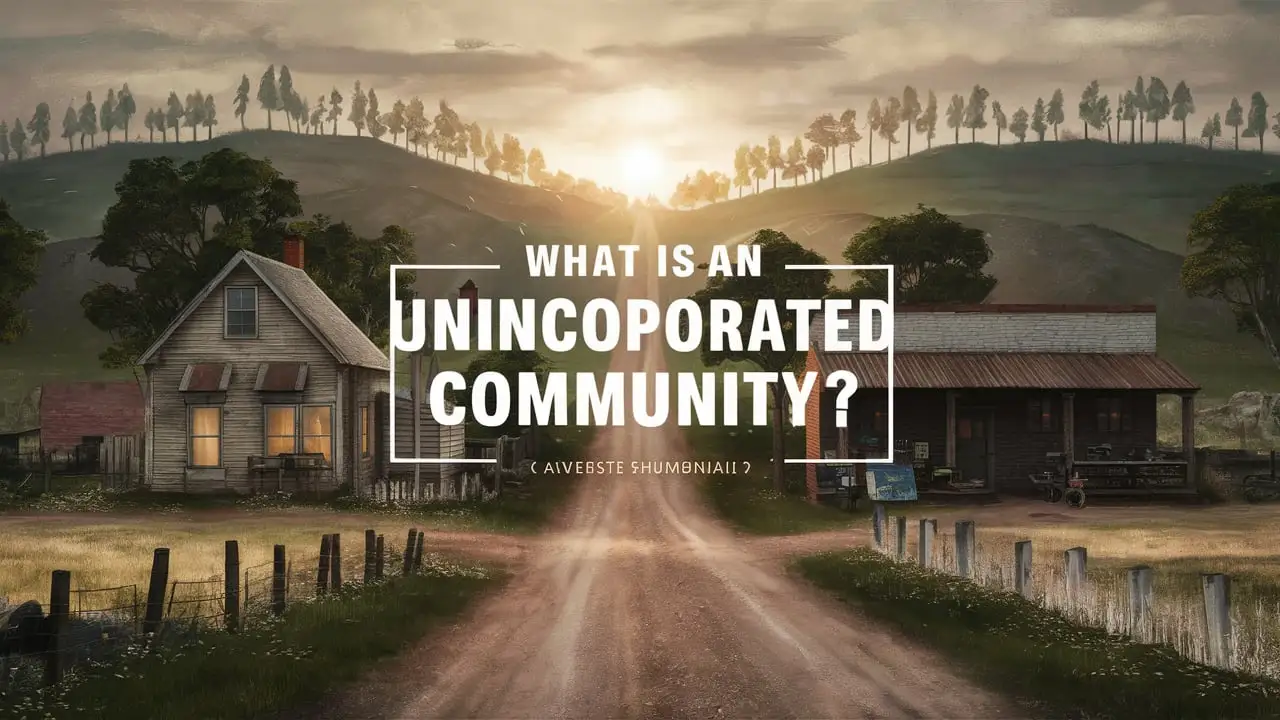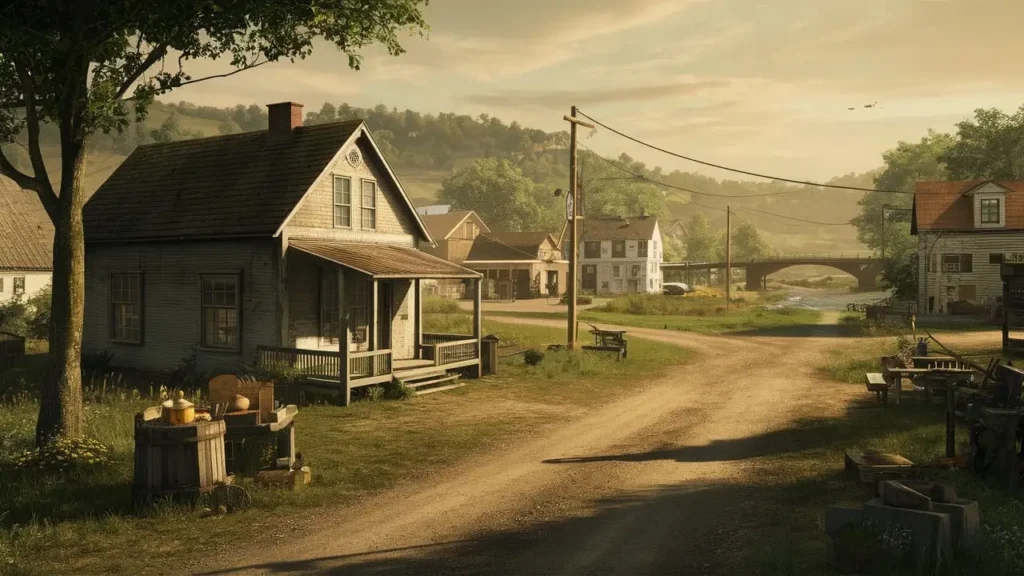Physical Address
304 North Cardinal St.
Dorchester Center, MA 02124
Physical Address
304 North Cardinal St.
Dorchester Center, MA 02124


As population in the United States grows, more and more communities are emerging across the country. However, not all communities that form incorporate as official municipalities or towns. There are communities that exist without a formal legal status as an incorporated place. These are known as unincorporated communities. This article will explore what an unincorporated community is, the different types, who governs them, and more.
An unincorporated community refers to a settlement that is not part of any incorporated city, town, borough, or village with its own local government structure and elected officials. While these communities have distinct boundaries and populations, they do not have the legal power of self-government through an incorporation process. Instead, they are governed through the county or township they are located within. Unincorporated communities receive county services like police, fire, road maintenance, and more through their county government.
There are a few key characteristics that define an unincorporated community:
While all unincorporated communities share those main characteristics, there are a few different types that exist:
CDPs have defined borders and a name recognized by the U.S. Census Bureau to help track data. These make up a large portion of unincorporated communities.
Some settlements developed historically as unincorporated towns. They have distinct town centers and boundaries but were never legally incorporated. Examples include Florence, Colorado and Star, Idaho.
Large subdivisions, apartment complexes, and clustered housing developments located outside of incorporated cities can also be considered unincorporated communities.
Open rural areas between towns and cities may still contain scattered concentrations of housing and commercial structures that together form unincorporated communities.
As they lack an official municipal government, unincorporated communities fall under the jurisdiction of county governments. The county government provides essential services and regulation:
So in summary, while not having an autonomous government themselves, unincorporated communities rely on their respective county administrations to handle governance. Counties treat them like any other rural or suburban area outside city limits.

Like with any status, having (or lacking) an incorporated municipal government comes with various benefits and downsides for communities:
So unincorporated status maintains lower overhead but also gives up autonomy over governance that incorporation could provide. Overall impacts depend on each unique community and county relationship.
If an unincorporated community seeks more self-governance, there are a few different options for initiating the incorporation process:
Citizen Petition Drive:
Citizens can collect signatures from a threshold of registered voters in support of incorporation. The petition goes before the state legislature for approval.
County Approval:
Some states require a county board or commission first grant permission before allowing communities to incorporate.
Legal Challenge:
On rare occasions, communities have sued their counties on the basis of not receiving adequate representation or services. This forces the issue of incorporation.
Ballot Referendum:
Putting the question of whether to incorporate to a ballot referendum for community voters to decide is another approach used in some states.
The incorporation process can take one to multiple years to complete depending on state laws. It grants municipality status but also brings new obligations to provide core services to residents.
In conclusion, unincorporated communities provide housing and commerce for many American residents located outside existing city boundaries. While lacking an autonomous government, these places still develop distinct identities and populations under the wider jurisdiction of county administrations. The unincorporated designation can maintain a rural lifestyle for some, but also means relying on others for key services and lacking local autonomy over land use and other governance issues. The option remains to potentially incorporate and form self-governing municipalities if residents collectively choose to pursue more control over their community’s future.